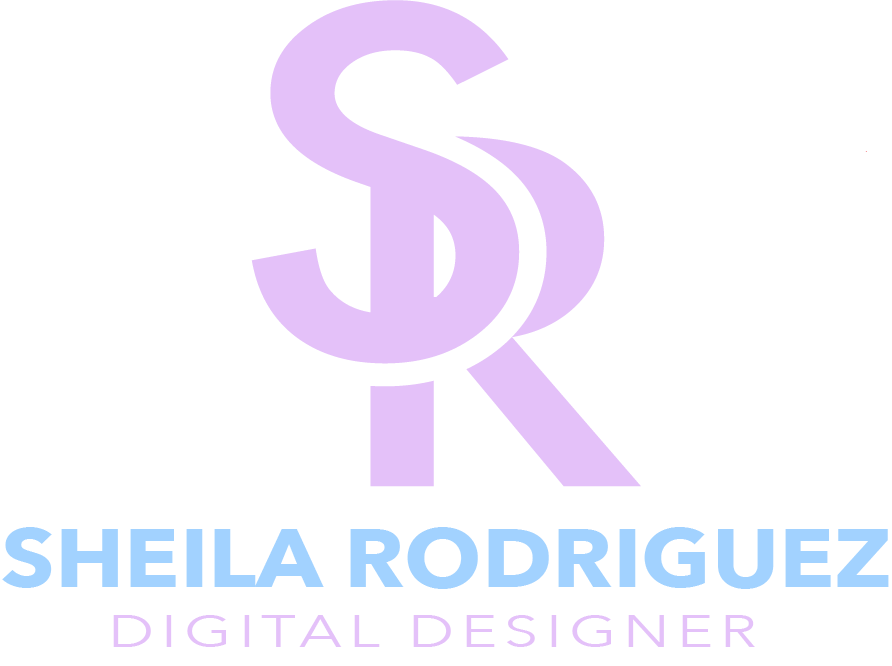Readable typography is crucial for ensuring that your content is accessible and engaging. Here’s how to achieve effective typography for your blog:
source: type-ed
1. Choose Appropriate Fonts
- Legibility: Select fonts that are easy to read on screens. Sans-serif fonts (like Arial, Helvetica, or Open Sans) are often more legible for body text, while serif fonts can add a touch of elegance for headings.
- Pairing Fonts: Use no more than two or three complementary fonts. Typically, one for headings and one for body text works well. Make sure they contrast but complement each other.
2. Establish a Clear Hierarchy
- Heading Sizes: Use a clear hierarchy for headings (H1, H2, H3, etc.). Make sure each level is visually distinct, using size and weight to guide the reader through your content.
- Emphasis: Use bold or italic styles sparingly to highlight important points without overwhelming the reader.
3. Optimal Font Sizes
- Body Text: Ensure body text is at least 16px to maintain readability. Adjust based on your specific font choice—some fonts may appear smaller or larger than others.
- Responsive Sizing: Use relative units (like ems or rems) to ensure text scales well on different devices.
4. Adequate Line Spacing
- Line Height: Set line height to 1.5x the font size for body text to improve readability. This prevents lines from feeling cramped and allows for easier scanning.
- Paragraph Spacing: Use additional spacing between paragraphs to create visual breaks, making it easier for readers to digest the content.
5. Contrast and Color
- Text vs. Background: Ensure there’s a strong contrast between your text and background colors. Dark text on a light background or vice versa enhances readability.
- Avoid Overly Bright Colors: Use muted or neutral colors for body text to reduce strain on the eyes. Reserve brighter colors for accents or links.
6. Avoid Overuse of All Caps
- Readability: Avoid using all caps for body text as it can be harder to read. Reserve all caps for headings or special emphasis, where appropriate.
- Title Case: Use title case (capitalizing the first letter of each word) for headings, as it’s generally more legible than all caps.
7. Use Lists and Bullet Points
- Breaking Up Text: Utilize bullet points and numbered lists to break up large blocks of text. This makes it easier for readers to scan for key information.
- Indentation: Ensure lists are indented appropriately to differentiate them from the body text.
8. Consistent Alignment
- Left Alignment: Generally, use left alignment for body text as it’s easier to read. Centered text can be used for titles or short blocks of text but should be limited.
- Alignment for Images: Ensure that images and text are properly aligned to create a cohesive and structured layout.
9. Test for Readability
- User Testing: Consider conducting tests with real users to gather feedback on your typography choices. This can help identify any readability issues.
- Accessibility Checks: Use tools to check color contrast and ensure that your typography meets accessibility standards for visually impaired readers.
Conclusion
Readable typography is key to a successful blog. By focusing on font choice, size, spacing, and contrast, you can create a pleasant reading experience that keeps your audience engaged and encourages them to explore your content further.
